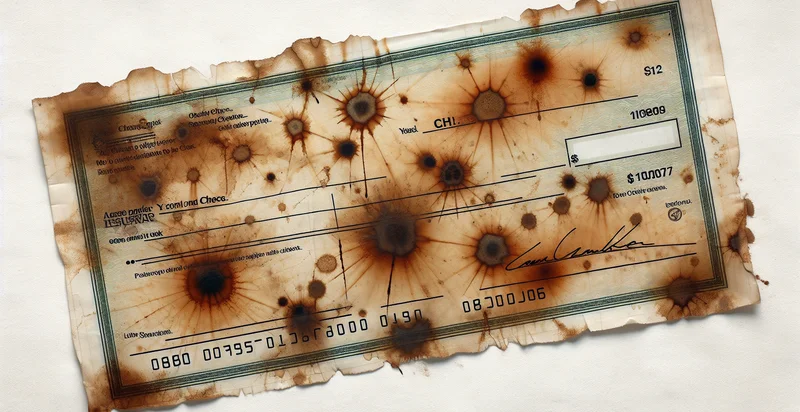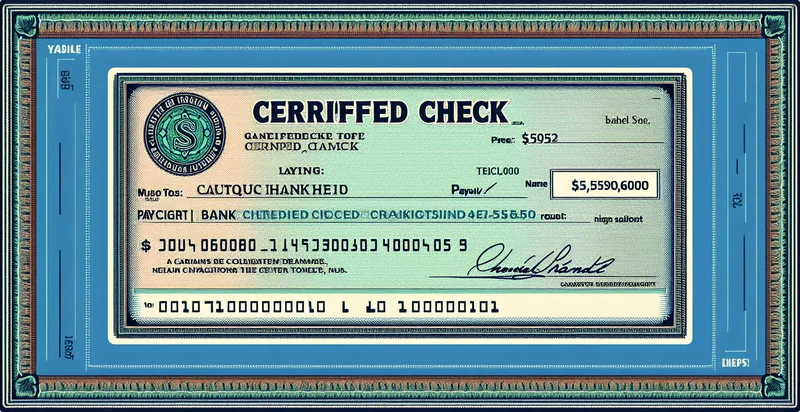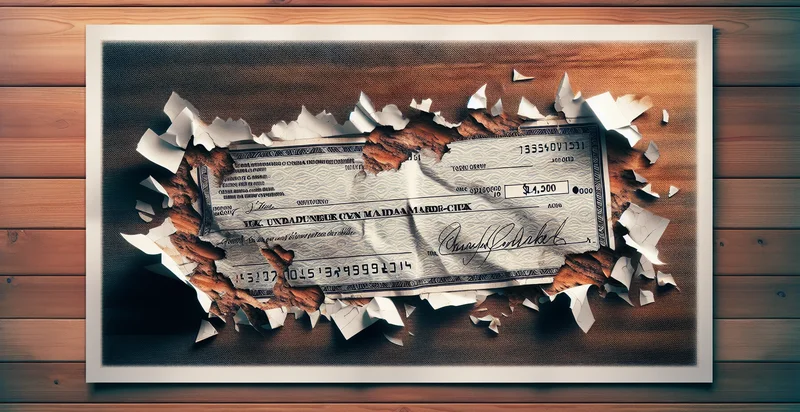Identify if check is stained
using AI
Below is a free classifier to identify if check is stained. Just upload your image, and our AI will predict if the check is stained - in just seconds.

Contact us for API access
Or, use Nyckel to build highly-accurate custom classifiers in just minutes. No PhD required.
Get started
import nyckel
credentials = nyckel.Credentials("YOUR_CLIENT_ID", "YOUR_CLIENT_SECRET")
nyckel.invoke("if-check-is-stained", "your_image_url", credentials)
fetch('https://www.nyckel.com/v1/functions/if-check-is-stained/invoke', {
method: 'POST',
headers: {
'Authorization': 'Bearer ' + 'YOUR_BEARER_TOKEN',
'Content-Type': 'application/json',
},
body: JSON.stringify(
{"data": "your_image_url"}
)
})
.then(response => response.json())
.then(data => console.log(data));
curl -X POST \
-H "Content-Type: application/json" \
-H "Authorization: Bearer YOUR_BEARER_TOKEN" \
-d '{"data": "your_image_url"}' \
https://www.nyckel.com/v1/functions/if-check-is-stained/invoke
How this classifier works
To start, upload your image. Our AI tool will then predict if the check is stained.
This pretrained image model uses a Nyckel-created dataset and has 2 labels, including Clean and Stained.
We'll also show a confidence score (the higher the number, the more confident the AI model is around if the check is stained).
Whether you're just curious or building if check is stained detection into your application, we hope our classifier proves helpful.
Related Classifiers
Need to identify if check is stained at scale?
Get API or Zapier access to this classifier for free. It's perfect for:
- Quality Control in Manufacturing: Implementing the "if check is stained" identifier in a manufacturing setting allows quality control teams to quickly assess product quality. By automatically identifying stained items, companies can reduce waste, ensure compliance with standards, and bolster customer satisfaction by delivering only high-quality products.
- Retail Inventory Management: Retailers can utilize this identifier to monitor the condition of check items, such as clothing and merchandise. By identifying stained items during inventory checks, retailers can streamline the restocking process and minimize markdowns on damaged goods.
- Food Safety in Distribution: In the food industry, the identifier can be used in distribution centers to inspect packaging. Stains on packaging can indicate contamination; thus, this function can help in maintaining safety standards and preventing the distribution of potentially unsafe products.
- Laundry Services Automation: Laundry service providers can implement this identifier to optimize their sorting process. By automatically identifying stained garments, they can streamline washing processes, prioritize treatment of heavily stained items, and improve overall service efficiency.
- Hospital Textile Management: Hospitals can employ the identifier to manage the cleanliness of linens and uniforms. By identifying stained medical textiles, facilities can ensure proper sanitation protocols, enhancing patient safety and overall hygiene standards.
- E-commerce Return Processing: Online retailers can integrate this function into their return processing system. By quickly identifying stained returns, businesses can make more informed decisions about restocking, refurbishing, or marking down items, saving time and costs associated with returns.
- Shipping and Packaging Inspection: Shipping companies can use this identifier during packaging inspections to ensure items are undamaged and presentable. Stained packaging can lead to customer dissatisfaction; thus, identifying such issues early on can enhance the overall delivery experience and protect brand reputation.


